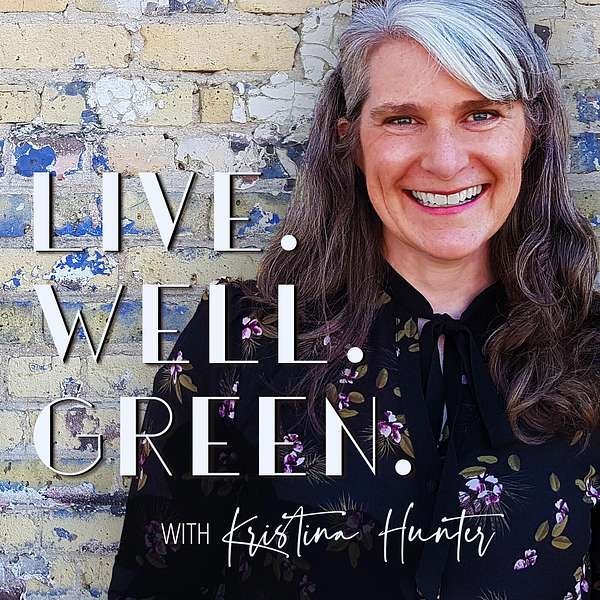
Live. Well. Green.
Live. Well. Green.
Episode 16: Why Recycle?
Have you ever heard someone say that they don’t recycle because it doesn’t make a difference or that the material doesn’t get recycled anyway? Have you wondered whether it is really worth the hassle? In this episode, I explore the seven biggest myths about the recycling industry and why the practice matters. I talk specifically about household recycling—paper, plastic, metal, and glass. Today’s episode covers the familiar blue bins that are used in homes, offices, on the street, and in other public spaces. I talk about the complexity of the recycling industry, how we know that recycling is taking place on the municipal level, how recycling saves energy and resources, and the value and limitations of recycling, and more!
Key Points From This Episode:
• Learn about the complex nature of the recycling industry, the processes, and materials.
• The categories of plastic and the widespread use of polyethylene terephthalate (PET).
• Polypropylene (PP) and the kind of products it is used in—including banknotes!
• The durability of high-density polyethylene (HDPE) and why polyvinyl chloride (PVS) needs to be recycled separately.
• Why extended polystyrene (EPS) presents such a big threat in terms of litter and waste.
• The complexities involved in recyclable commodities each having their own pricing, markets, and the constraints of collection systems.
• Evidence against the myth that municipalities and cities do nothing with recyclables.
• Hear about the recycling problems associated with China’s ban on importing waste.
• Learn how you can avoid contaminating the recycling stream.
• Why it is not true that recycling is expensive from a materials and energy perspective.
Key Messages:
1. Recycling is a complicated business.
2. There is plenty of evidence that recycling is happening.
3. Do not put non-recyclables into the recycling bins.
4. Recycling saves energy and natural resources.
5. Recycling makes a difference.
6. The benefits and limitations of recycling.
7. Not everything can be perpetually recycled.
Quotables:
“PET, which stands for polyethylene terephthalate, is a form of polyester, just like clothing fabric. It is extruded or molded into plastic bottles and containers for packaging food and beverages, personal care products, and many other consumer products.” — PET Resin Association [0:05:38]
“What we need to keep in mind is that all of these commodities have their own pricing and their own markets and industries behind it, which makes this a very complex system.” — Kristina Hunter [0:09:56]
“Although its raw material and energy come from fossil fuels, approximately 40% of that energy is trapped within the PET polymer for recapture and reuse every time PET is recycled.” — PET Resin Association [0:17:39]
Links Mentioned in Today’s Episode: